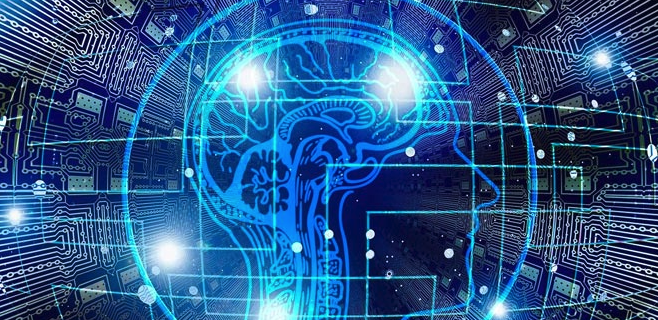Mitigating Bias in Artificial Intelligence: Safeguarding Privacy and Cybersecurity
Artificial Intelligence (AI) has the potential to revolutionize industries and improve efficiency, but it also poses risks when biases are not adequately addressed. Bias in AI can have far-reaching consequences, impacting privacy and cybersecurity significantly. Let's explore the risks associated with bias in AI and discuss key considerations for preventing and mitigating biases to safeguard privacy and enhance cybersecurity.
1. AI Bias: Understanding the Risks:
- Discrimination and unfair decision-making: Biased AI systems can perpetuate existing biases, leading to discriminatory outcomes in hiring, lending, and criminal justice.
- Lack of diversity and inclusivity: Biased algorithms can reinforce underrepresentation and exclusion of certain groups, further marginalizing them.
- Reinforcement of stereotypes: AI systems can inadvertently reinforce harmful stereotypes through biased data or preconceived notions.
- Privacy implications: Bias in AI can impact privacy rights through unequal surveillance, profiling, data misuse, and re-identification risks.
2. A Comprehensive Framework for Bias Mitigation:
- Data collection and curation: Ensure diverse and representative data sources, identify and address biases in training data, and prioritize unbiased data collection practices.
- Algorithm design and development: Evaluate and select algorithms that are less prone to bias, regularly assess algorithmic performance for biases, and incorporate fairness considerations.
- Testing and validation: Conduct rigorous testing to identify biases, involve diverse stakeholders in the validation process, and assess the impact on different demographic groups.
- Transparency and explainability: Promote transparency by disclosing information about AI systems, develop explainable AI models, and provide insights into the decision-making processes.
- Regular monitoring and auditing: Continuously monitor AI systems, conduct audits to ensure fairness, and address emerging biases in real-world applications.
- Ethical guidelines and regulations: Establish and adhere to ethical guidelines, enact regulatory frameworks that address AI bias, and promote responsible AI practices.
3. Bias and Privacy:
- Unequal surveillance: Biased AI systems can lead to unequal monitoring and surveillance of certain groups, violating their privacy rights.
- Profiling and discrimination: Biased AI algorithms can result in profiling and discriminatory targeting, compromising individuals' privacy.
- Data misuse and re-identification: Biased AI systems can lead to inappropriate handling and disclosure of personal information, increasing privacy breaches and unauthorized re-identification risks.
- Lack of privacy protections for marginalized groups: Biased AI systems disproportionately impact marginalized groups, further compromising their privacy.
4. Bias and Cybersecurity:
- Threat modeling: Consider biases in the identification and assessment of potential threats to ensure a comprehensive understanding of risks.
- Data collection and analysis: Address biases in cybersecurity data to avoid skewed risk assessments and compromised security measures.
- Algorithmic bias: Assess and mitigate biases in AI algorithms used for threat detection and response.
- Access controls and authorization: Review access control policies for biases that may result in discriminatory access or privileges.
- Security awareness and training: Foster diversity and inclusion in security awareness and training programs to avoid reinforcing biases and stereotypes.
- Ethical considerations: Integrate ethics into cybersecurity practices, ensuring fairness and equality in security decision-making.
- Diversity in cybersecurity teams: Promote diversity to bring varied perspectives and effectively identify and address biases.
As AI continues to shape various aspects of our lives, addressing biases becomes crucial to safeguard privacy and enhance cybersecurity. By implementing a comprehensive framework that includes diverse data, unbiased algorithms, rigorous testing, transparency, and ongoing monitoring, we can mitigate biases in AI systems. Additionally, by recognizing the impact of biases on privacy and cybersecurity, organizations can take proactive measures to ensure fairness, inclusivity, and ethical practices in the development and deployment of AI technologies. Together, we can harness the transformative potential of AI while protecting privacy and fostering a more secure digital landscape.
